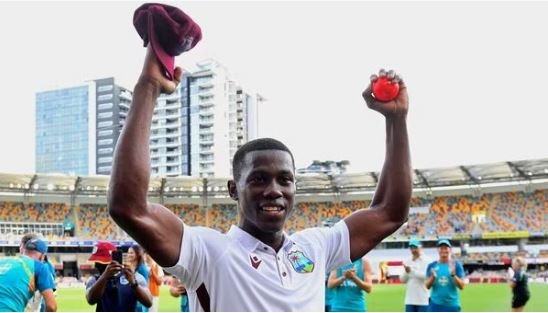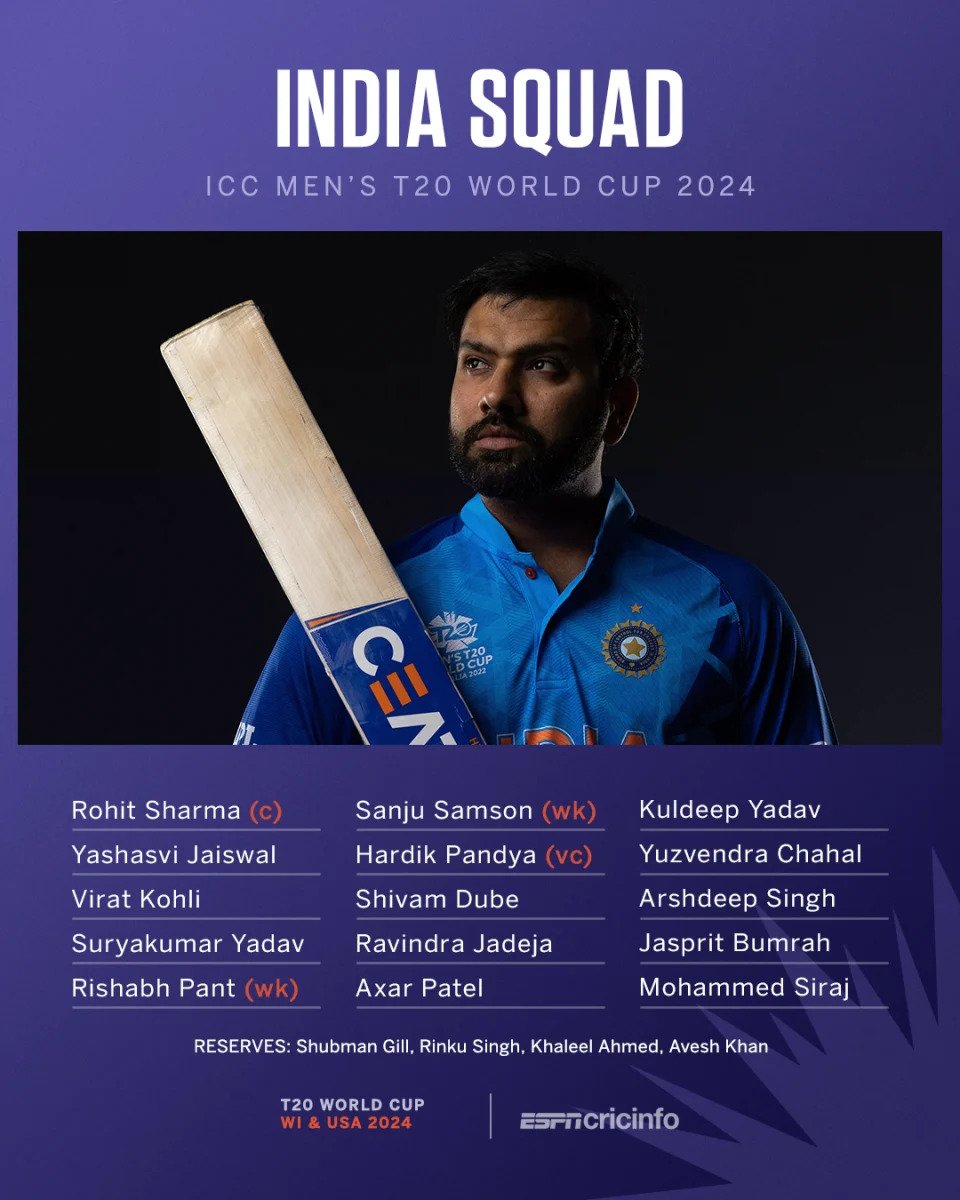The Biggest Doping Scandals in Cricket History:
Despite its reputation as a gentleman’s game, cricket has not been exempt from controversy. Doping controversies have devastated the sport over the years, damaging players’ reputations and casting doubt on fair play. Despite cricket’s stringent anti-doping laws, some players have been found to have broken them, which has resulted in bans and career penalties.
About Cricket Doping
The use of prohibited substances by athletes to improve performance, speed up recuperation, or obtain an unfair advantage is known as doping. To maintain the sport’s integrity, the National Boards and the International Cricket Council (ICC) have strict anti-doping policies in effect. Nonetheless, some players have been convicted of willfully or inadvertently breaking these regulations.
Common banned substances in cricket include:
Nandrolone (an anabolic steroid for muscle growth)
Diuretics (used to mask the presence of other drugs)
Ephedrine (a stimulant that boosts energy and endurance)
Cocaine & Recreational Drugs (affecting a player’s mental and physical condition)
Now, let’s look at some of the biggest doping scandals in cricket history.
1. Shane Warne (2003) – Diuretics Scandal
Shane Warne, one of the greatest leg-spinners in cricket history, shocked the world when he tested positive for a banned diuretic before the 2003 Cricket World Cup. Warne claimed he took a “fluid tablet” given by his mother to help him look slimmer on television.
Consequences:
Warne was banned for 12 months by Cricket Australia.
He missed the 2003 World Cup and other international matches.
His legacy took a temporary hit, but he made a successful comeback later.
*Warne’s case remains one of the most high-profile doping scandals in cricket history.

2. Shoaib Akhtar & Mohammad Asif (2006) – Nandrolone Controversy
Pakistani fast bowlers Shoaib Akhtar and Mohammad Asif were banned after testing positive for Nandrolone, an anabolic steroid, before the Champions Trophy 2006. The news shocked the cricketing world as both were among the top pacers of that era.
Consequences:
Shoaib Akhtar and Mohammad Asif were suspended by the Pakistan Cricket Board (PCB).
Initially, Akhtar received a 2-year ban, and Asif got a 1-year ban.
However, the bans were overturned later, citing procedural flaws in the doping tests.
*The controversy damaged their reputations and raised concerns about Pakistan’s anti-doping system.
3. Andre Russell (2017) – Missed Drug Tests
West Indies all-rounder Andre Russell didn’t test positive for banned substances, but he was guilty of failing to file his whereabouts for doping tests three times within 12 months – which is considered equivalent to a doping violation.
Consequences:
Russell was banned for one year (2017-2018) from all forms of cricket.
He missed major tournaments, including the Indian Premier League (IPL).
His career suffered, but he made a strong comeback after the ban.
*This case highlighted the importance of maintaining proper records in anti-doping regulations.

4. Yusuf Pathan (2017) – Terbutaline Usage
Indian all-rounder Yusuf Pathan tested positive for Terbutaline, a banned substance found in asthma medication. Pathan claimed he took the drug unknowingly while treating a throat infection.
Consequences:
The Board of Control for Cricket in India (BCCI) banned him for 5 months.
Since the ban was backdated, he didn’t miss significant cricketing action.
The case served as a reminder that even prescribed medicines must be verified.
*Accidental drug usage can still lead to serious consequences in professional sports.
5. Prithvi Shaw (2019) – Cough Syrup Controversy
Young Indian batsman Prithvi Shaw tested positive for Terbutaline, the same substance as Yusuf Pathan. He explained that it was due to consuming an over-the-counter cough syrup.
Consequences:
The BCCI banned him for 8 months from competitive cricket.
The ban was backdated, and he returned in 2020.
Shaw apologized, claiming it was an unintentional mistake.
* Shaw’s case highlights the dangers of consuming non-approved medications.
6. Upul Tharanga (2011) – World Cup Violation
Sri Lankan batsman Upul Tharanga failed a doping test during the 2011 ICC Cricket World Cup. He tested positive for Prednisolone, a steroid found in asthma medication.
Consequences:
The ICC banned him for 3 months from all cricket activities.
He claimed he had taken medication for a shoulder injury.
*Even minor negligence can result in serious bans for international players.
Cricket’s Fight Against Doping
To prevent doping scandals, cricket boards and anti-doping agencies have implemented strict measures, including:
- Regular drug tests before and during tournaments.
- Whereabouts tracking for players in registered testing pools.
- Educational programs to inform cricketers about banned substances.
- Harsh penalties for those caught violating anti-doping laws.
The International Cricket Council (ICC) has aligned itself with the World Anti-Doping Agency (WADA) to maintain a drug-free sport.





